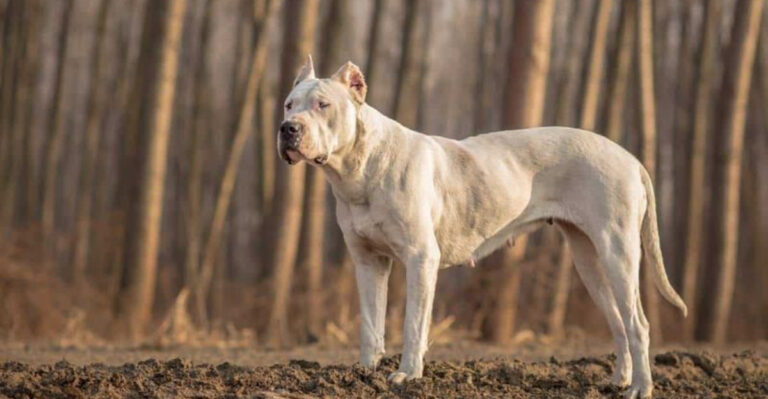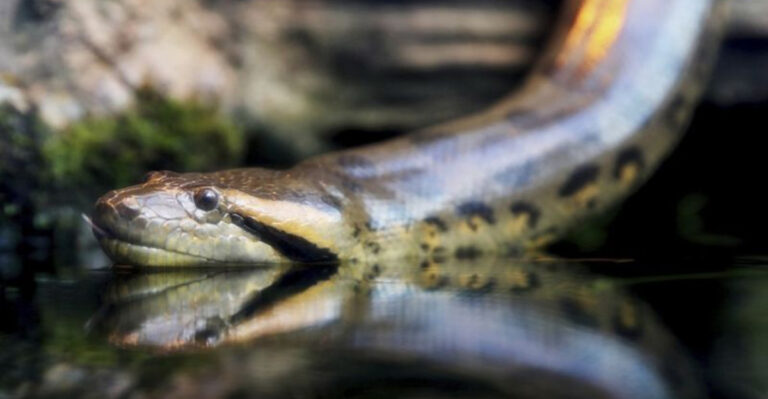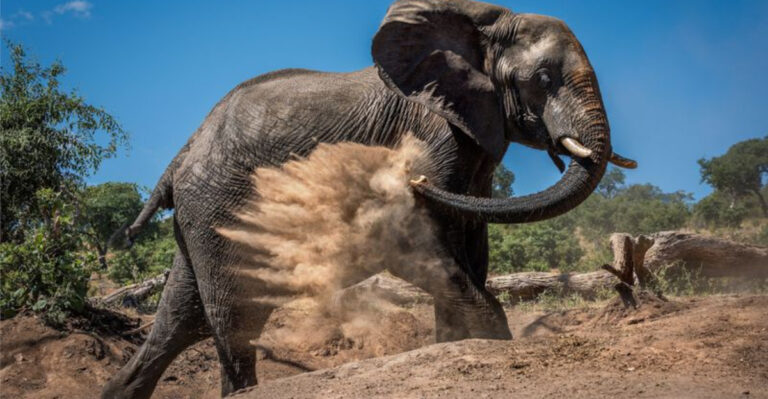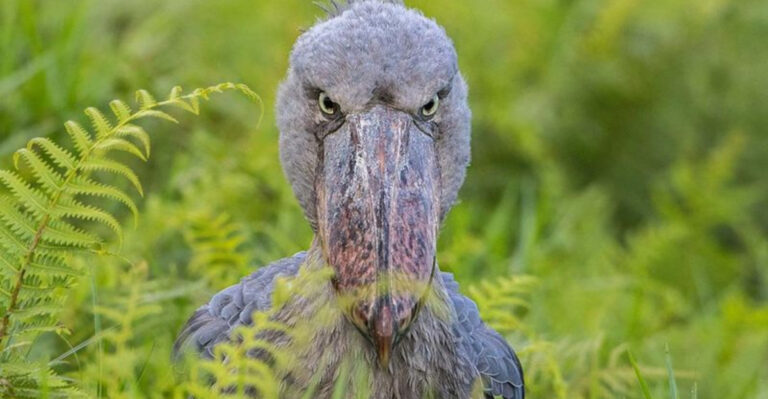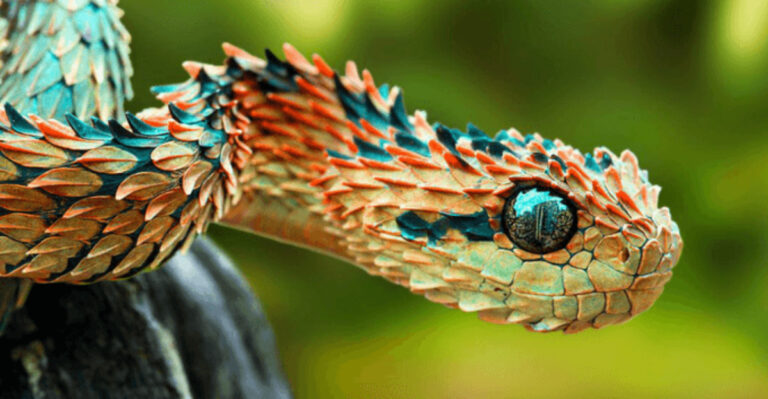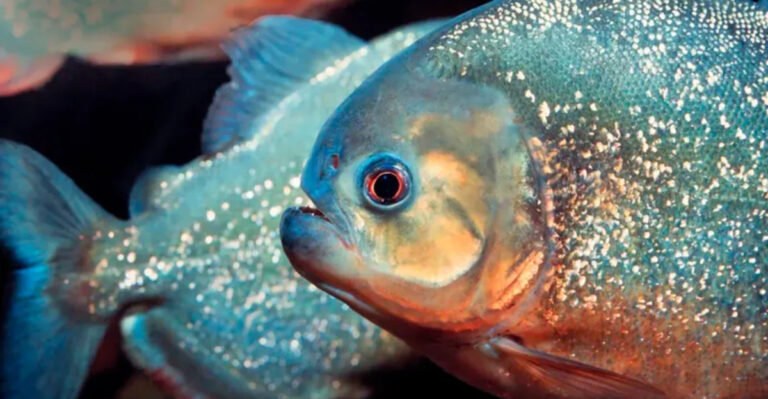15 Incredible Adaptations That Help Big Cats Survive In The Wild
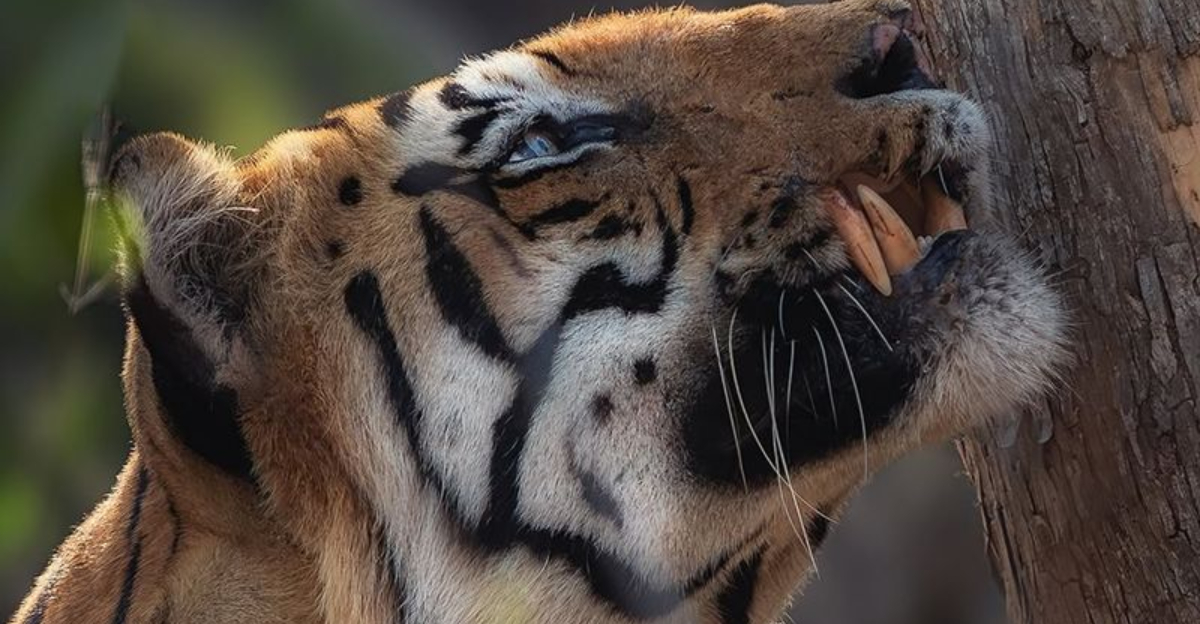
In the vast wilderness, big cats roam as majestic symbols of power and grace. These apex predators are masters of survival, boasting a range of adaptations that help them thrive in diverse environments.
From the dense jungles to the arid savannas, big cats have evolved unique traits that ensure their dominance in the animal kingdom. Join us on this fascinating journey as we explore incredible adaptations that enable big cats to reign supreme in the wild.
1. Camouflaging Coats
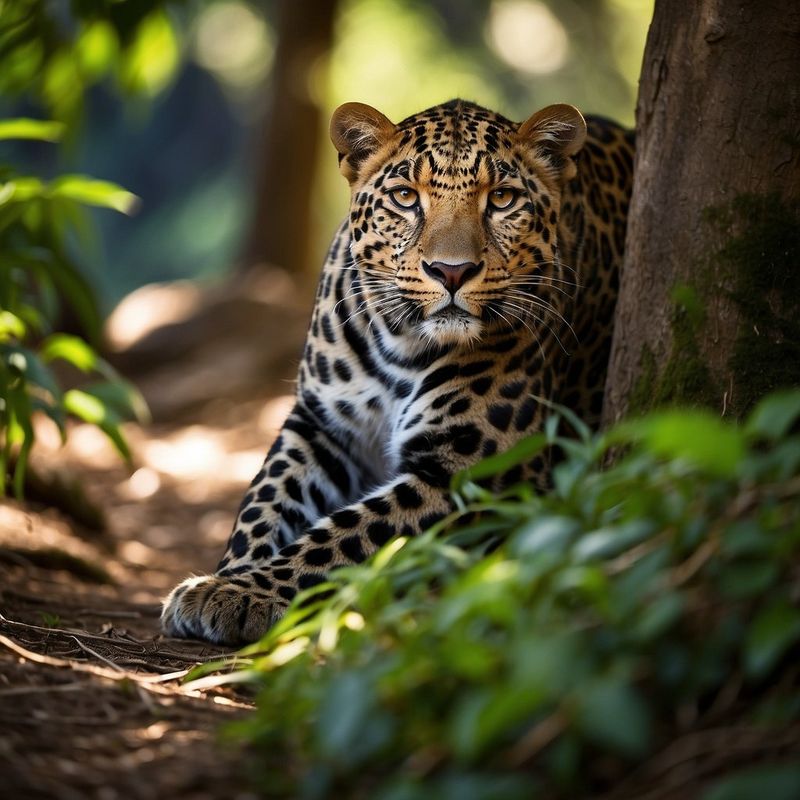
Camouflaging coats are Mother Nature’s own fashion line for big cats. A leopard’s spots, for instance, do more than just make it Instagram-worthy—they provide the perfect disguise in the dappled light of the jungle. This natural camouflage allows big cats to stalk prey without being detected, offering them the element of surprise.
In the vast savannas, lions wear their tawny coats like a badge of honor, blending seamlessly with the golden grasses. This stealthy adaptation is not just about aesthetics; it’s about survival in an unforgiving world. By staying hidden, big cats can increase their chances of a successful hunt, ensuring they remain top of the food chain.
Whether it’s the stripes of a tiger or the rosettes of a jaguar, each pattern serves a purpose, offering these majestic creatures the perfect cover in their respective environments.
2. Retractable Claws
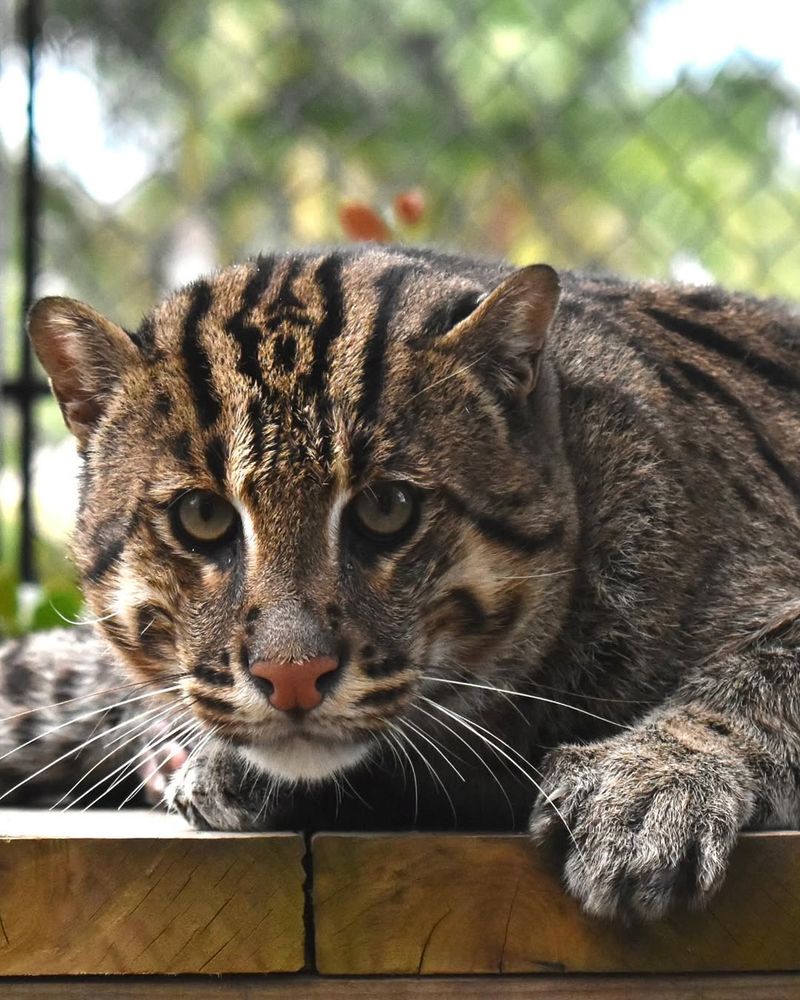
Big cats are equipped with nature’s switchblades—retractable claws. Unlike your average house cat, these lethal extensions are a big deal in the wild. They allow big cats to maintain sharpness for when it truly matters: bringing down their next meal.
These claws act as both hunting tools and climbing aids, giving big cats the dexterity to scale trees and pounce with precision. By retracting their claws, they minimize wear and tear, ensuring they remain razor-sharp when deployed.
Imagine trying to hunt dinner with dull knives—disaster! Fortunately, big cats don’t face this problem. Their retractable claws are a testament to evolutionary ingenuity, providing them with the edge needed to survive and thrive in their natural habitats.
3. Night Vision
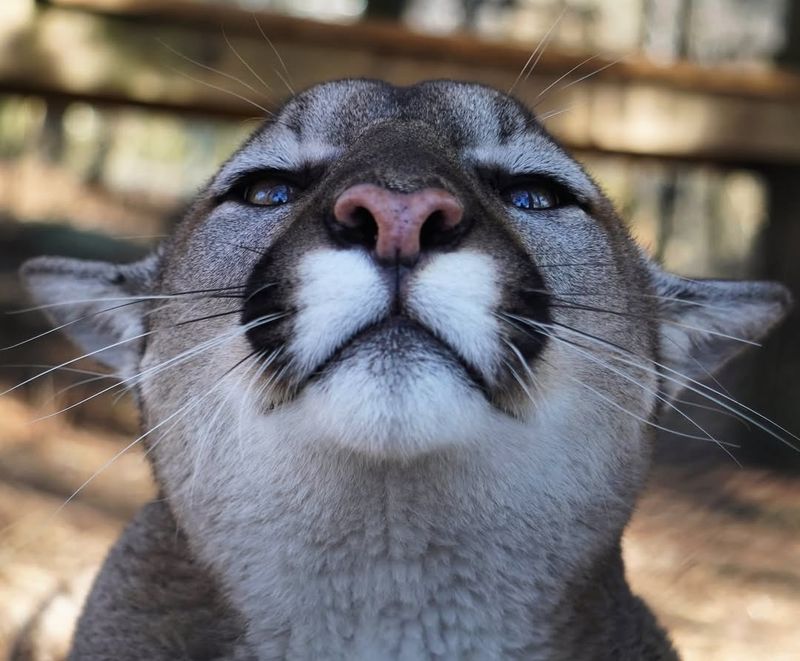
When the sun sets, big cats don’t call it a day—they actually come alive. Thanks to their superior night vision, these predators are adept hunters even in low-light conditions. With eyes equipped to catch the faintest glimmers of light, they have a significant advantage over their prey.
The secret lies in a special layer of cells behind their retina called the tapetum lucidum, which reflects light back through the retina. This adaptation not only improves their ability to see in the dark but also gives their eyes that eerie glow in the headlights.
While most creatures falter in the dark, big cats seize the opportunity. Their nocturnal prowess allows them to hunt with stealth and efficiency, ensuring their dominance in the animal kingdom, even under the cover of night.
4. Powerful Limbs
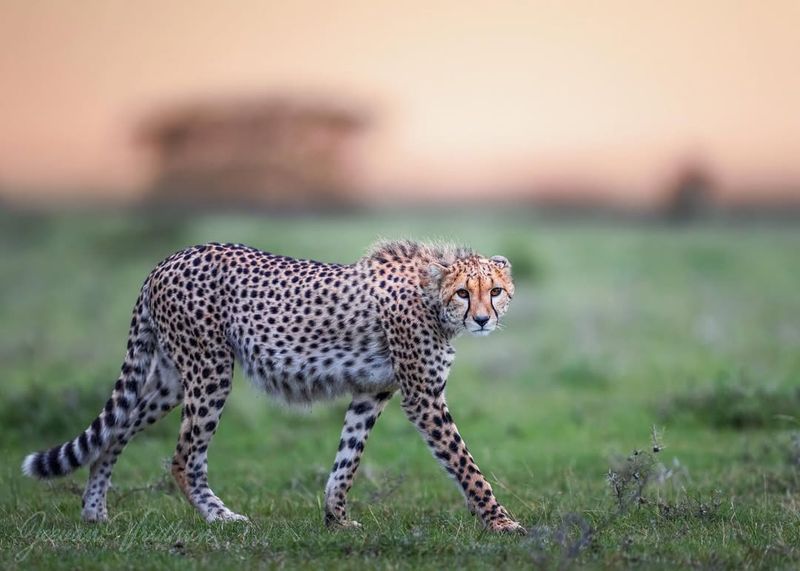
Speed is the name of the game, and big cats are built for it. Cheetahs, for instance, hold the title of fastest land animal, thanks to their incredibly powerful limbs. These muscular appendages provide the acceleration needed to close in on prey with blinding speed.
But it’s not just about speed. The strength of a big cat’s limbs also aids in climbing and holding onto prey once caught. From leaping up trees to delivering a knockout punch, these limbs are the ultimate multi-tool.
Whether it’s the relentless pursuit of a cheetah or the stealthy approach of a leopard, powerful limbs give big cats their unmatched hunting prowess. This adaptation ensures they remain formidable predators, capable of tackling a wide array of challenges in their wild domains.
5. Keen Hearing
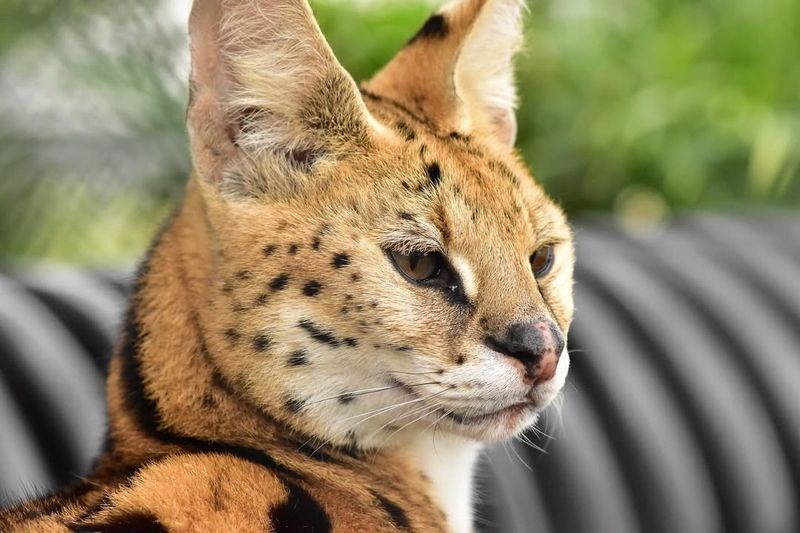
Big cats have developed an extraordinary sense of hearing that leaves most other animals in the dust. This acute auditory sense allows them to pick up on the faintest rustle or whisper of prey moving nearby. It’s like having a built-in radar system, finely tuned for survival.
Their ears can rotate independently, allowing them to pinpoint the direction of sounds with impressive accuracy. This 360-degree hearing capability is crucial in the dense forests and open plains where they hunt.
The next time you see a big cat with its ears twitching, know that it’s not just listening to the latest gossip—it’s zeroing in on its next meal. Keen hearing is a vital part of the big cat toolkit, enhancing their ability to navigate their complex, sound-filled environments with precision.
6. Flexible Spines
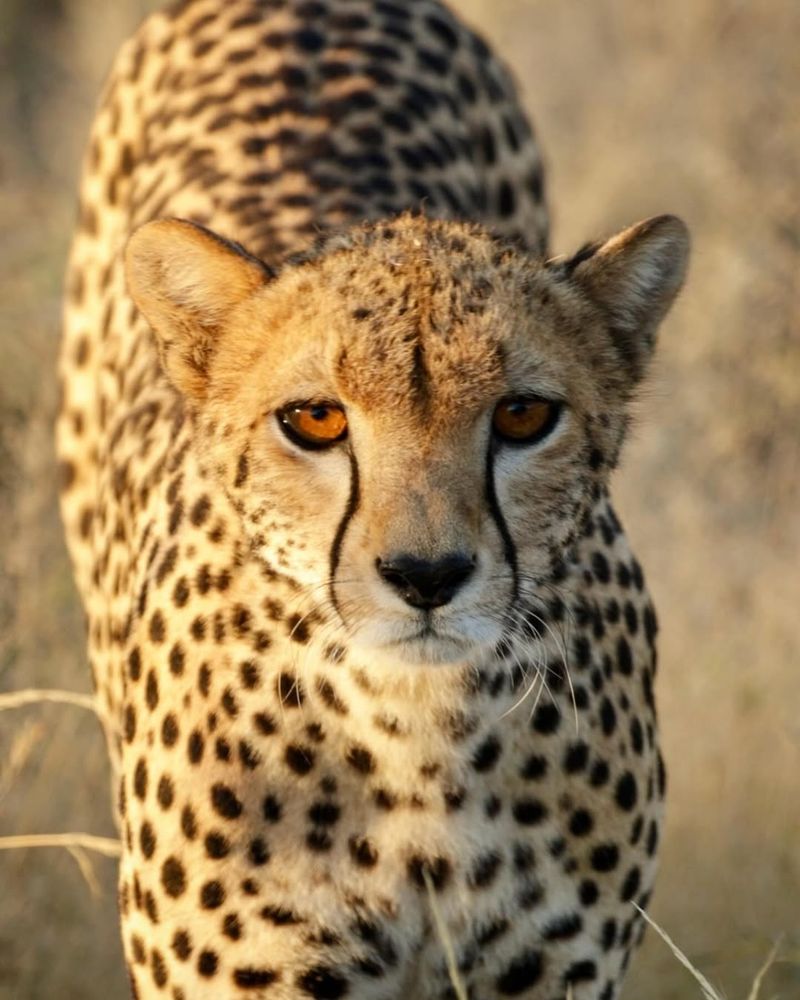
If there were a yoga class for big cats, they’d all have perfect attendance. Thanks to their flexible spines, big cats can twist, turn, and stretch with ease, giving them a distinct advantage in the wild. This flexibility allows for quick, agile movements, whether they’re soaring through the air or slinking through the underbrush.
For a leopard leaping onto a tree branch or a tiger twisting mid-pounce, a flexible spine is key to their hunting success. These cats can contort their bodies in ways that would make a gymnast green with envy.
This evolutionary trait is not just about looking good in downward dog; it’s about survival. A flexible spine enables big cats to navigate their terrains deftly, making them adept at both chasing prey and evading potential threats in their environments.
7. Rough Tongues
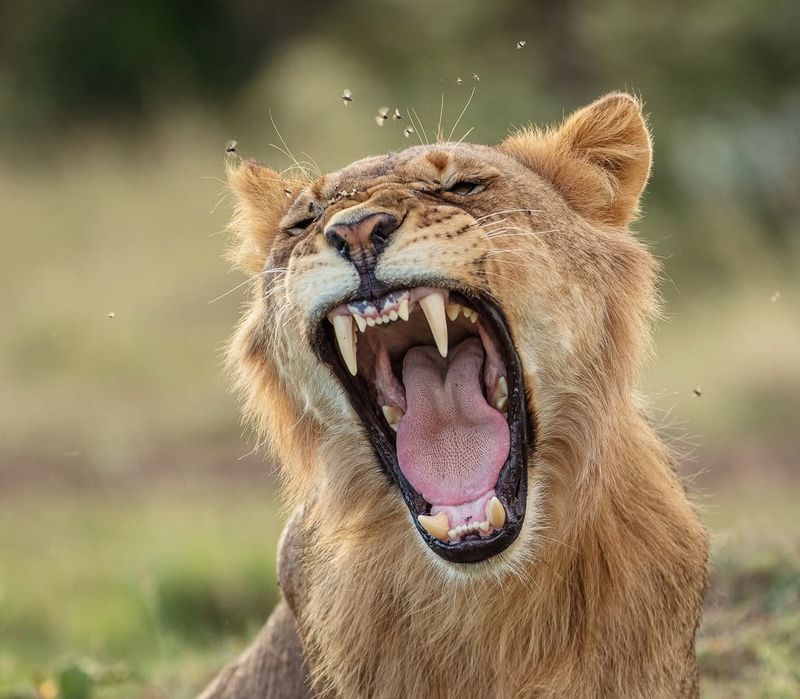
At first glance, a big cat’s tongue might seem like just another part of its anatomy. However, there’s more to this seemingly simple organ than meets the eye. Covered in tiny, backward-facing spines called papillae, a big cat’s tongue is a multipurpose tool.
These papillae are perfect for stripping meat from bones, making a meal out of even the toughest cuts. Additionally, they assist in grooming, ensuring that their coats remain sleek and free of debris. Talk about a handy adaptation!
In the wild, efficiency is key, and a rough tongue allows big cats to maximize their meals while maintaining their majestic appearance. It’s not just about aesthetics—it’s a practical adaptation that supports their carnivorous lifestyle and keeps them in peak condition.
8. Enhanced Smell
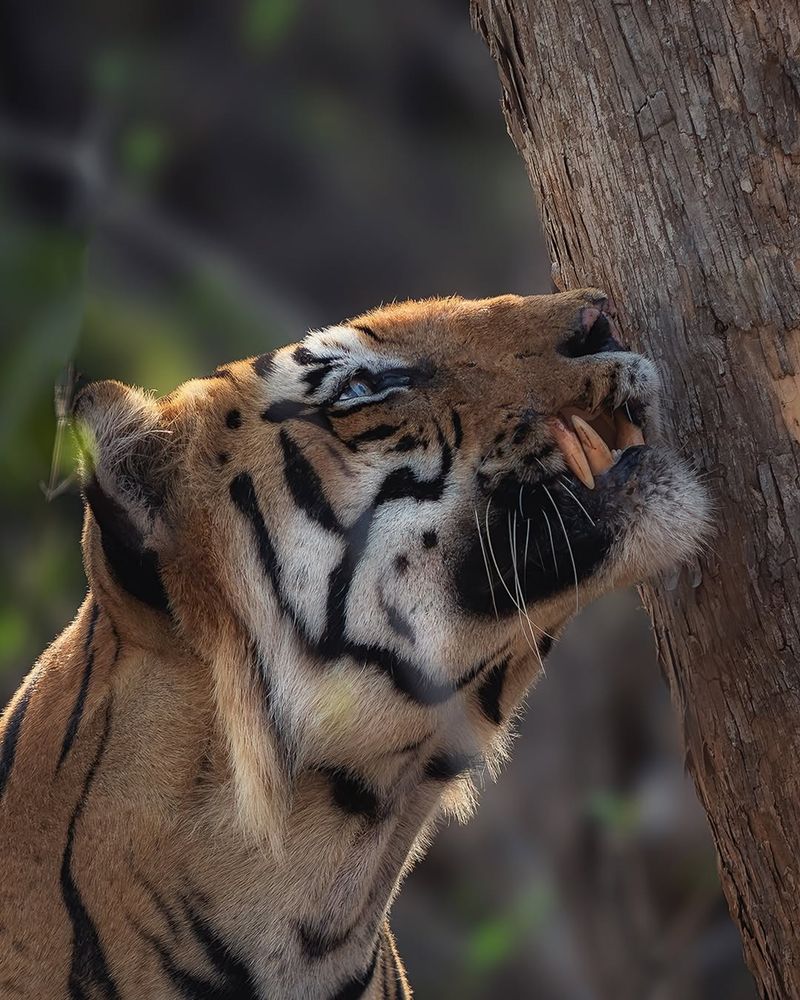
If there were a scent-detecting contest, big cats would certainly take the crown. Their enhanced sense of smell provides them with another layer of sensory input, crucial for tracking prey and detecting competitors or potential threats.
This olfactory prowess enables big cats to sense the presence of other animals from great distances, giving them the information they need to strategize their next move. It’s like having a built-in GPS for survival.
Whether it’s the subtle scent of prey or the pungent mark of a rival, an enhanced sense of smell helps big cats navigate their complex environments. This adaptation is a testament to their evolutionary success, ensuring they remain alert and ready for any challenges that come their way.
9. Social Structures
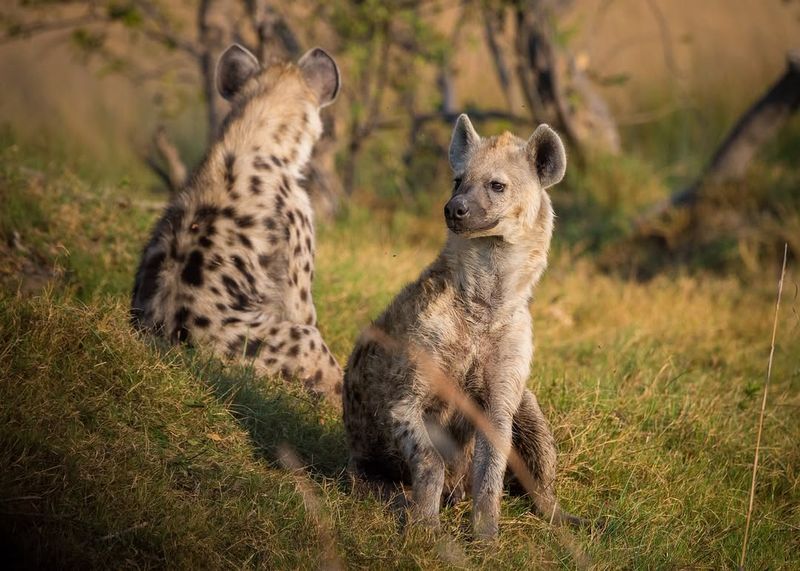
In the world of big cats, it’s not all about fangs and claws. Some, like lions, have developed intricate social structures that provide numerous survival benefits. These social bonds are crucial for hunting, raising young, and defending territory.
Living in prides allows lions to take down larger prey than would be possible solo. Additionally, these groups provide protection and support for raising cubs, ensuring the next generation of apex predators is well-cared for.
While many big cats are solitary by nature, those that do live in groups demonstrate the power of teamwork. Social structures highlight the adaptability and strategic thinking of these magnificent creatures, ensuring they maintain their status as kings and queens of the wild.
10. Silent Movement
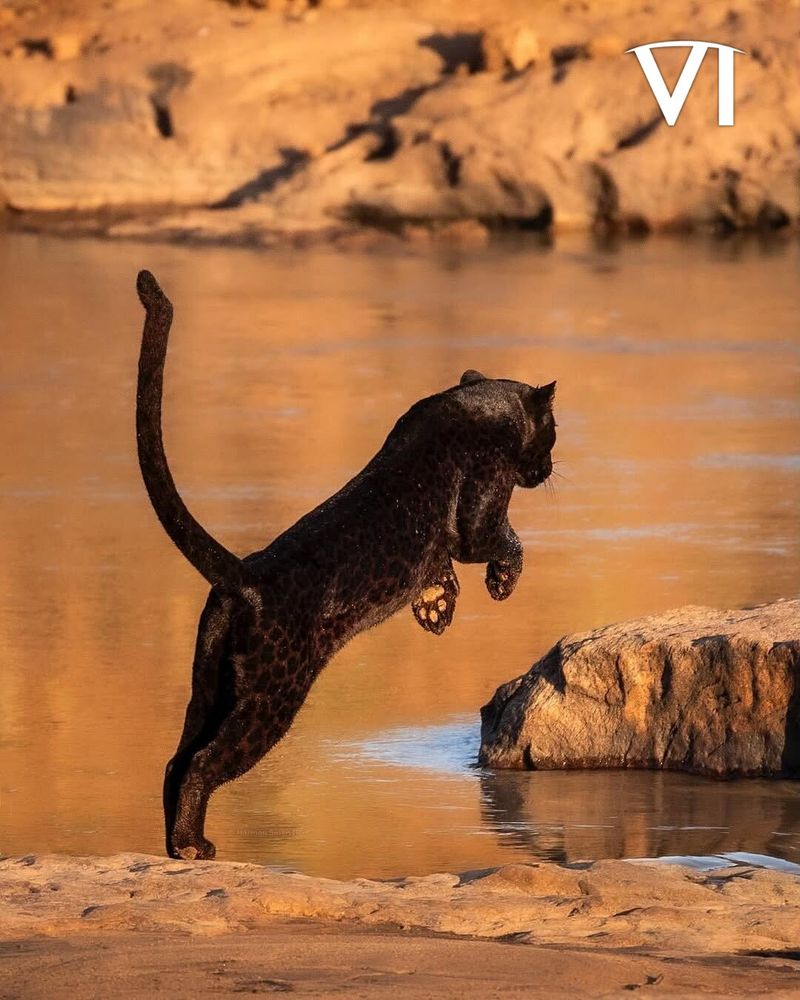
Big cats are the ninjas of the animal kingdom, mastering the art of silent movement. Their padded paws allow them to walk almost noiselessly, enhancing their ability to stalk prey without detection.
This stealthy adaptation is crucial for hunting success, as it provides big cats with the element of surprise. In the dense forests or open plains, being able to move quietly gives them a significant advantage over often unsuspecting prey.
Silent movement is not just about sneaking up on dinner. It also helps big cats avoid potential threats, ensuring they remain undetected by larger predators or humans. In a world where silence is golden, big cats have truly perfected the art of quietude.
11. Strong Jaws And Teeth
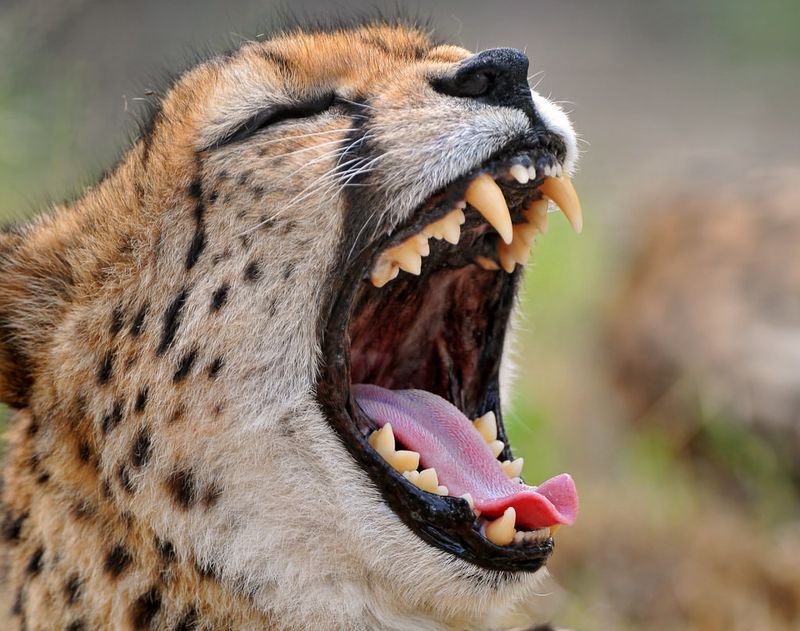
When it comes to dining, big cats bring their own cutlery. Equipped with strong jaws and sharp teeth, these predators are well-prepared for their carnivorous diet. The powerful bite allows them to take down prey and efficiently consume every morsel.
Think of their jaws as the original multitool, capable of crushing bone and tearing through flesh. This adaptation is vital for survival, ensuring big cats can handle a variety of prey sizes and types.
In the fierce competition of the wild, having strong jaws and teeth is a game-changer. It not only allows big cats to enjoy their meals but also helps them defend their territory and maintain their place at the top of the food chain.
12. Sturdy Whiskers
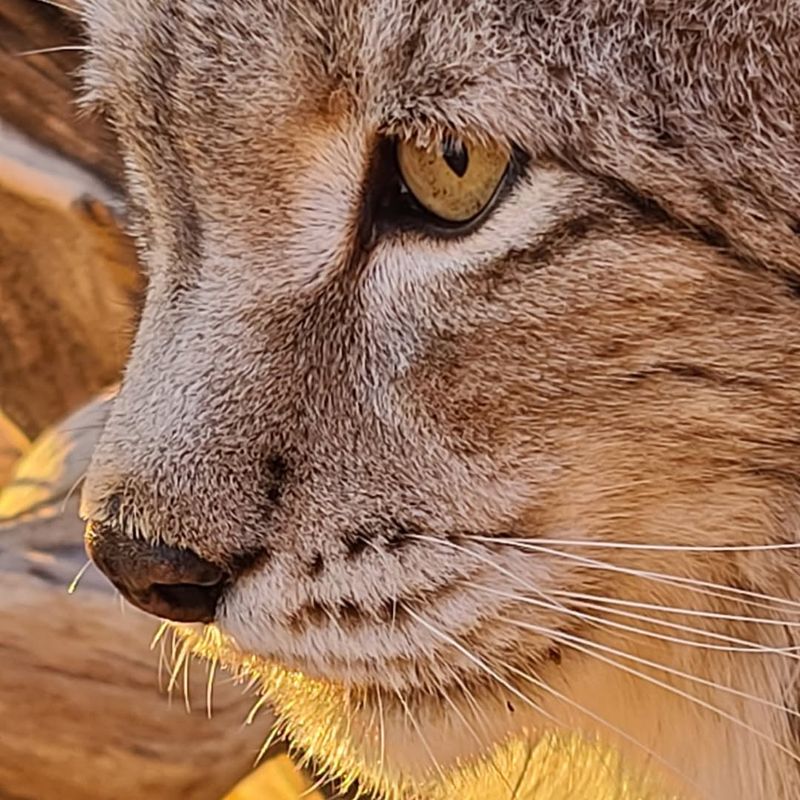
Whiskers may seem like mere accessories, but for big cats, they are essential sensory tools. These long, sturdy hairs are deeply embedded in the skin, sensitive to the slightest vibrations in the air.
Whiskers help big cats detect nearby objects in the dark, providing them with spatial awareness even when visibility is low. This adaptation is particularly useful during night hunts or when navigating through dense foliage.
In the grand scheme of survival, whiskers play a significant role. They enhance a big cat’s ability to move stealthily and avoid obstacles, ensuring they can hunt and navigate their terrain with confidence. It’s clear that in the wild, every little detail counts.
13. Adaptable Diets
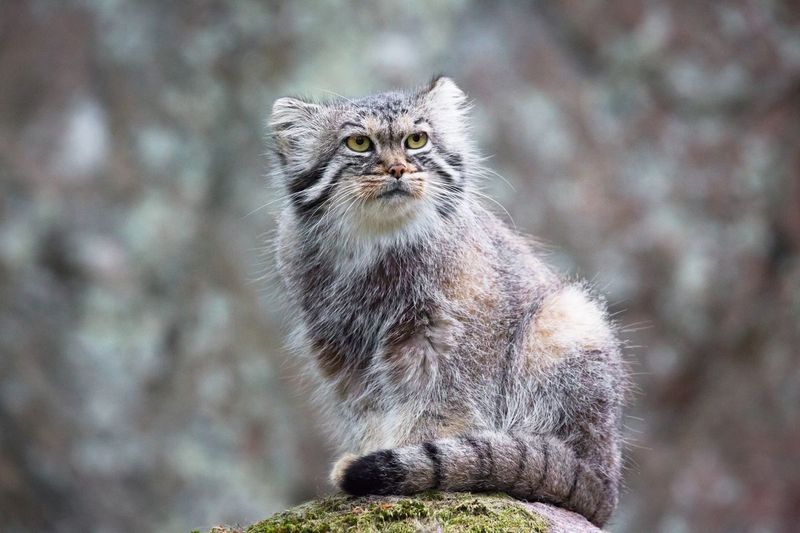
Big cats are nothing if not flexible, particularly when it comes to their diets. While they are known for their predatory prowess, many have adapted to survive on a variety of prey, ensuring they remain fed even when their preferred meals are scarce.
This adaptability allows big cats to thrive in diverse environments, from the snowy peaks of the Himalayas to the grassy plains of Africa. By broadening their dietary preferences, they enhance their chances of survival regardless of the circumstances.
Whether it’s hunting large game or scavenging when necessary, big cats demonstrate that being a picky eater is not an option in the wild. Their adaptable diets are a testament to their resilience and resourcefulness, ensuring they continue to thrive in ever-changing landscapes.
14. Territorial Marking
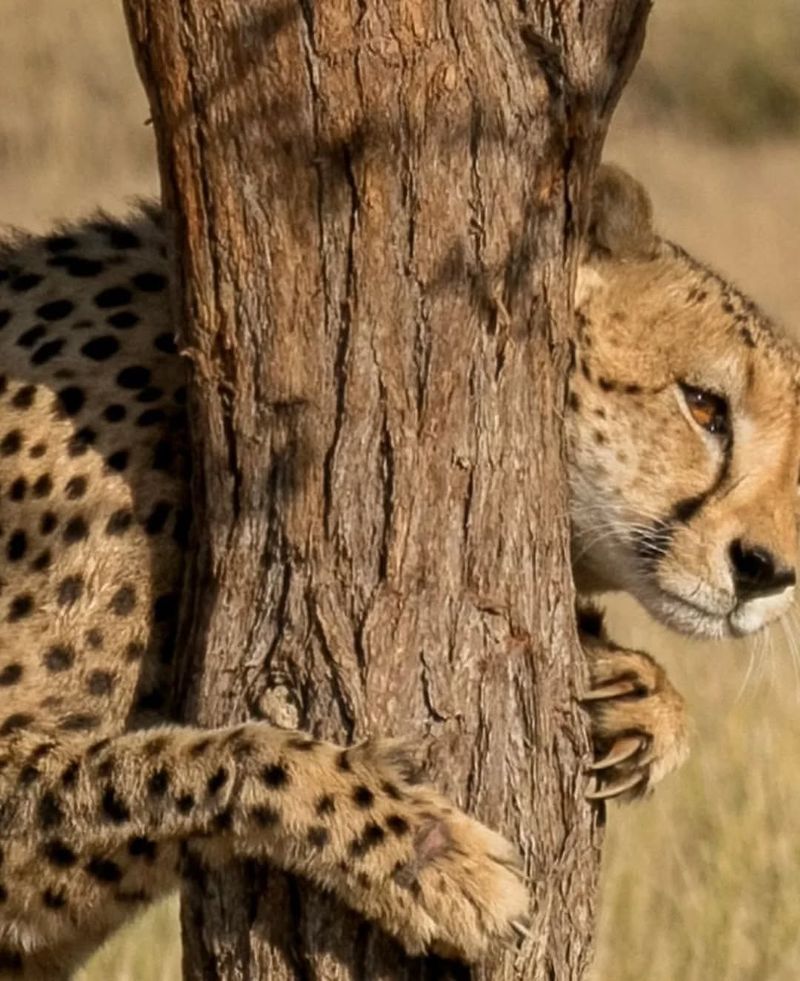
Territory is a big deal in the wild, and big cats have mastered the art of marking theirs. Whether it’s through scent marks, scratches on trees, or vocalizations, these signals play a key role in survival.
By marking territory, big cats communicate ownership to others, reducing the risk of unwanted encounters. This territoriality is crucial for protecting resources and ensuring access to food and mates.
In the competitive world of big cats, clear boundaries help maintain order and reduce conflict. Territorial marking is not just about asserting dominance—it’s about survival strategy, allowing big cats to navigate their complex social landscapes with clarity and confidence.
15. Water Adaptations
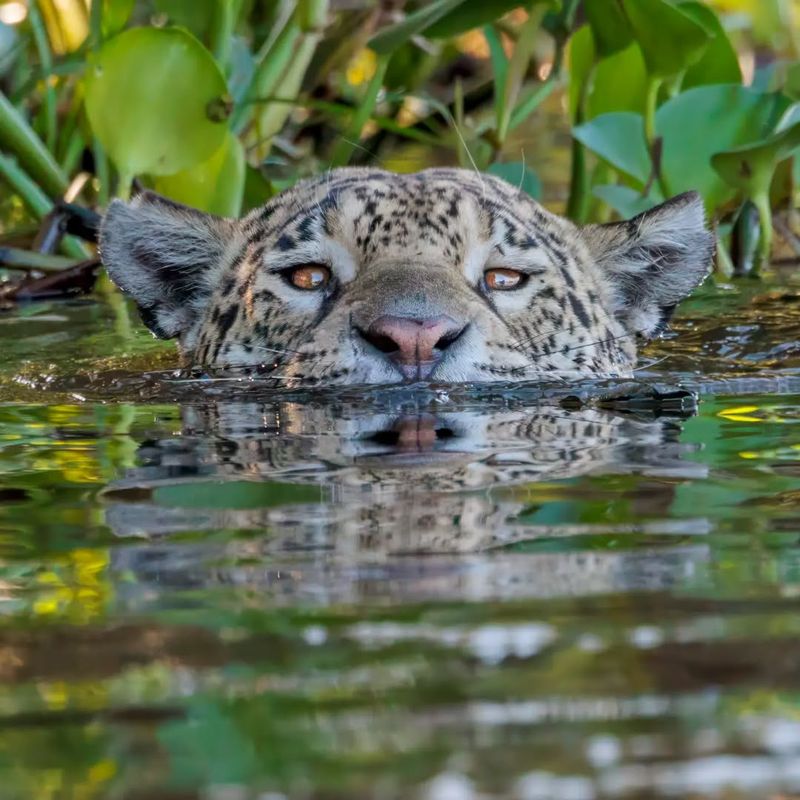
While the idea of cats and water may seem contradictory, some big cats have developed a surprising affinity for it. Tigers, in particular, are excellent swimmers, using water to their advantage in hunting and cooling off in hot climates.
This adaptation allows them to pursue prey across rivers and lakes, expanding their hunting grounds significantly. Their love for water also aids in regulating body temperature, crucial in the humid environments they often inhabit.
Water adaptations highlight the versatility of big cats in their natural habitats. By embracing what others might avoid, they demonstrate the ability to turn potential challenges into opportunities, ensuring their continued success in the wild.

